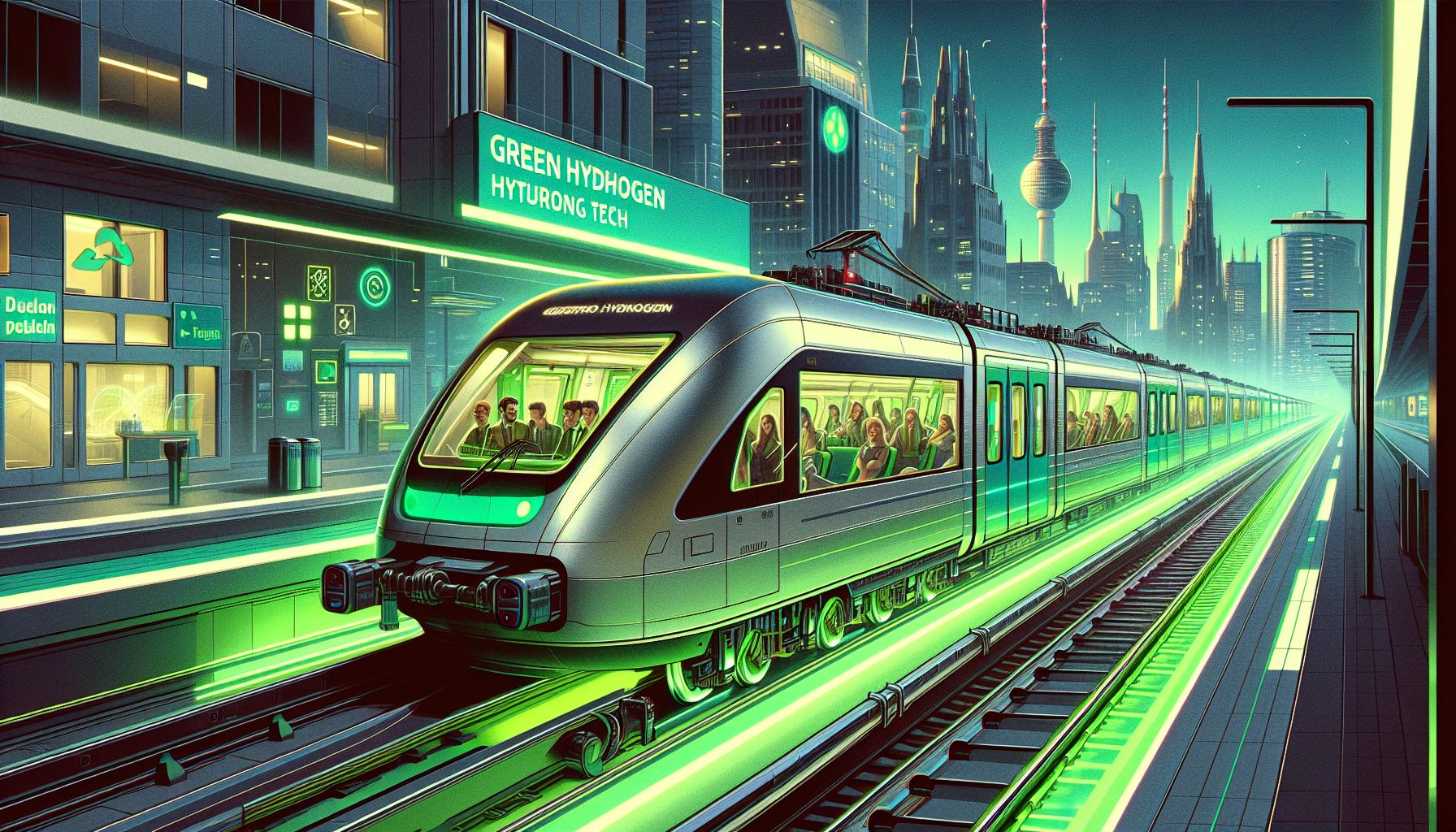Germany's Hydrogen Trains: The Future of Eco-Friendly Travel

Berlin, Monday, 10 November 2025.
Germany is replacing diesel trains with green hydrogen-powered ones. This shift is crucial for reducing emissions and exploring sustainable transport alternatives. A cleaner and quieter journey awaits commuters.
Germany’s Green Hydrogen Revolution
Germany is boldly transitioning its railway system from diesel to green hydrogen power. This move is a game-changer for reducing carbon emissions in the transport sector and signals a significant step towards sustainable energy alternatives. The green hydrogen trains, now operational on several routes around Berlin, offer quieter and cleaner rides, though the journey hasn’t been without its bumps. Initial challenges included hydrogen supply issues that temporarily forced a return to diesel, but these have been largely overcome with improved infrastructure [1][2].
The Science Behind Green Hydrogen
Green hydrogen is produced by using renewable energy to split water into hydrogen and oxygen, a process that emits no carbon dioxide. It’s an exciting alternative to fossil fuels, especially for routes that can’t be easily electrified. Researchers like Michelle Browne are working tirelessly to make this eco-friendly fuel more affordable, focusing on new catalyst materials that could replace expensive iridium in electrolyzers [1][3]. This innovation is crucial for scaling up green hydrogen technology and making it a mainstay in public transportation [3].
Global Implications and Future Prospects
The shift to green hydrogen trains isn’t just a win for Germany; it’s a beacon for global sustainable transport solutions. With Siemens Energy producing electrolyzers in Berlin and international partnerships, such as those with India, the potential for green hydrogen to replace fossil fuels grows stronger. India’s low-cost energy and government support position it as a key player in this global shift [1][2]. As infrastructure expands and production increases, green hydrogen could significantly contribute to cutting emissions across Europe, aligning with the Paris Agreement goals [2][3].
Overcoming Challenges
Despite the promising outlook, the journey to widespread green hydrogen adoption isn’t without its hurdles. Initial supply issues and the high costs of production present significant challenges. However, ongoing research and development are paving the way for solutions. Companies like Alstom are leading the charge with their commitment to sustainable mobility, aiming to reduce their energy consumption significantly by 2030 [4]. The Coradia iLint, the world’s first hydrogen fuel cell train, exemplifies these efforts by producing zero direct carbon emissions [4].
Conclusion: A Sustainable Future Awaits
Germany’s transition to green hydrogen trains marks an exciting era for eco-friendly travel. While the journey is just beginning, the potential benefits for the environment and the public are immense. This initiative not only promises cleaner air and quieter journeys but also sets a precedent for other countries to follow. With continued innovation and international collaboration, green hydrogen could become a cornerstone of sustainable transport worldwide [1][2][3][4].